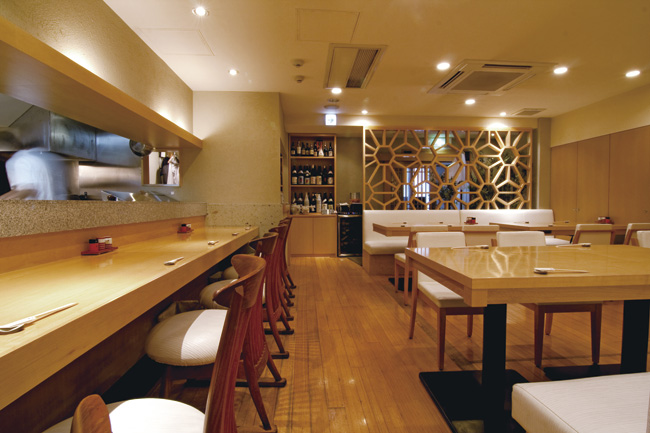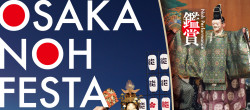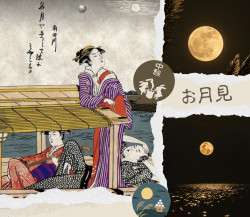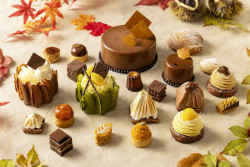
Originally published on metropolis.co.jp on September 2009

Sarah Noorbakhsh
Most Tokyoites have a vague idea of what Kyushu cookery is like: spicy fermented mentaiko, Hakata-style tonkotsu ramen, hotpots of fugu and flounder. While these dishes are certainly part of the story, Kuuta in Ginza strives to add more refinement to the bold flavors of the rustic deep south.
Kuuta means “to have eaten” in regional Kyushu dialect, but it’s also a pun on head chef Koji Tsubokuta’s last name. Tsubokuta has two restaurants in Kyushu, but this is his first establishment in Honshu. His goal here is to offer a modern place that serves the very freshest ingredients and most prized dishes from his home island, but at prices that are reasonable by Ginza standards.
Defining itself as a hanya, or “food house,” Kuuta specializes in carefully prepared, traditional food in a relaxed setting (which is indicative of its location closer to the Tsukiji fish market than Gucci boutiques). Stepping inside, you’ll find simple, brightly polished wood counters and tables filled with unpretentious people more interested in the food than the atmosphere, their hands wrapped around mango-sized cups of shochu. These might be the most generous pours in all of Ginza, and while the selection isn’t incredibly varied—mostly solid Kagoshima staples like Tomino Houzan and Kiroku—Kuuta serves a fantastic bargain on the premier Maoh brand (¥1,200).

Courtesy of Kuuta
Our meal began with one of the richest sushi rolls ever invented: scorched nori wrapped around a slice of raw wagyu beef and stuffed with uni and umibudo “sea grapes” (¥750). The uni and wagyu wrestle with each other for the tongue’s adoration, but it’s the crunchy sea grapes that serve as the perfect complement, briny pop rocks snapping like sea turtles in the surf-and-turf butter.
Fusion mostly stops there—Kuuta concentrates on fresh meats and fish, hearty pieces of animal prepared simply and elegantly. Sashimi platters (market price) change daily, and might include an array of regional clams, mackerel and extremely tender basashi, a thin layer of melting fat coating the firmer meat underneath.
Whitefish is the name of the Kyushu sea game, and the house specialty ara—a type of perch—is delicate in sashimi form with a squirt of lime, but also comes steamed (¥3,200), perfectly seasoned, moist and flaky. Ozaki sirloin (¥3,200) is flavorful, but the Miyazaki-raised jidori chicken (¥1,200) is less than half the price and, with its seared skin and juicy flesh, an even more satisfying dish.
Kuuta offers some interesting plates, to be sure, such as sakura natto (¥1,050), salted whale (¥2,000), or the “gyorokke” (¥800), a seafood version of a croquette with the potato being replaced by a crumbling, airy pancake of shredded whitefish and shrimp. But the most daring and sought-after menu item is the ika ikizukuri (on hiatus until early fall), a live squid filleted just enough so that it’s still moving while you pick apart its carcass. If you can wrap your chopsticks around the slippery flesh without screaming at every twitch of its tentacles, this will likely be the freshest and sweetest cephalopod you’ve ever eaten.
At the end of the course, our waiter brought us a bowl of rice and a Kyushu staple: a slab of mentaiko (¥1,000). It was homemade and exceptional—fishy and spicy, and fantastic with the last few shochu sips. Stereotypes are sometimes a very good thing.







